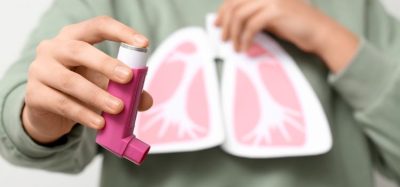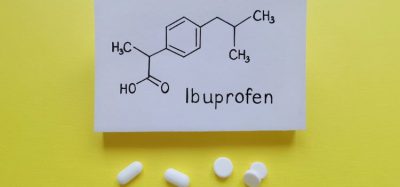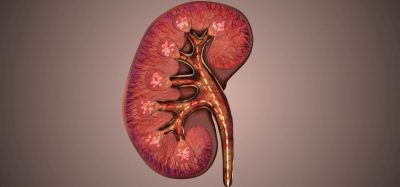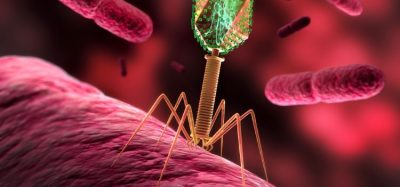Microbubbles make breast cancer more susceptible to radiation therapy
Posted: 31 January 2018 | Dr Zara Kassam (European Pharmaceutical Review) | No comments yet
Bursting oxygen-filled microbubbles in breast cancer makes tumours three times more sensitive to radiation therapy in preliminary tests with animal models of the disease…
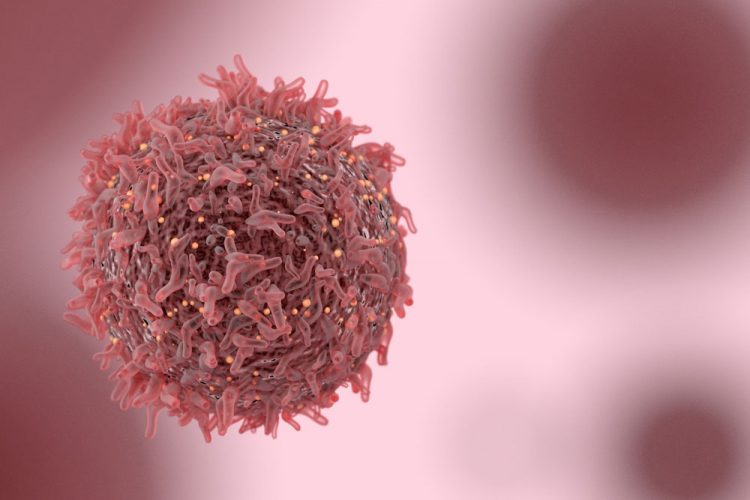

Injecting breast cancer with oxygen-filled microbubbles makes tumours three-times more sensitive to radiation therapy and improves survival in animal models of the disease. The study makes a strong case for moving this technology into clinical trials with breast cancer patients.
“Finding a way to reverse oxygen deficiency in tumours has been a goal in radiation therapy for over 50 years,” says senior author Dr John Eisenbrey, Assistant Professor of Radiology at Thomas Jefferson University and investigator at Jefferson’s Sidney Kimmel Cancer Center. “We’ve demonstrated here that oxygen microbubbles flush tumours with the gas, and make radiation therapy significantly more effective in animal models.”
Microbubbles were originally developed to help improve ultrasound imaging. However, being able to “pop” oxygen-filled microbubbles within tumours using beams of ultrasound presented researchers with an opportunity. Most solid tumours are oxygen-deficient, in part because they quickly outgrow the supply of oxygen-carrying blood vessels that can penetrate the tumour mass. That lack of oxygen also makes tumours more resistant to radiation, which is why trying to flush tumours with oxygen became such a prized goal in the field.
In this study, Dr Eisenbrey and colleagues showed that popping the microbubble with ultrasound immediately prior to radiation treatment could triple sensitivity of cancer to radiation. It also nearly doubled the survival times in mice from 46 days with placebo, nitrogen-filled microbubbles, to 76 days with oxygen-filled microbubbles.
How does it work?
Radiation therapy works by creating oxygen – and other – free radicals in tumours, out of the oxygen present in the tissues. But when those oxygen levels are low, the free radicals produced by radiation therapy are also lower, offering less therapeutic benefit. With this approach, microbubbles are delivered to the general blood flow via intravenous injection but are popped locally raising the oxygen level only in a tumour. Interestingly, the investigators showed that oxygen increased throughout the cancer mass, even in areas that didn’t have direct access to blood vessels.
Oxygen microbubbles wash in, then the screen brightens from higher energy ultrasound which bursts the microbubbles. The screen goes dark again as the acoustic energy is reduced and the bubbles perfuse back into the tissue before the next ultrasound blast. The short film is part of a study showing that injecting breast cancer with oxygen-filled microbubbles makes tumours three-times more sensitive to radiation therapy and improves survival in animal models of the disease. Published Jan 21st in the International Journal of Radiation Oncology* Biology* Physics, the study makes a strong case for moving this technology into clinical trials with breast cancer patients.
“The very act of bursting these microbubbles within the tumour tissue seems to change the local physiology of a tumour and make cells generally more permeable to oxygen and potentially to chemotherapy as well,” says Eisenbrey. “We think this is a promising approach to test in patients to amplify the effects of radiation therapy.”
In fact, Dr Eisenbrey and colleagues at the Sidney Kimmel Cancer Center are currently using a similar approach in a first-in-human clinical trial of microbubbles for improving radiation therapy of liver cancer (Clinicaltrials.gov number: NCT03199274). Using an FDA-approved microbubble contrast agent, the researcher is bursting microbubbles in patients with liver cancer in combination with their standard treatment with radioembolisation therapy. Though not filled with oxygen, the microbubble popping is thought to create enough disruption to a tumour to offer therapeutic benefit over radioembolization alone.
The study has been published in the International Journal of Radiation Oncology* Biology* Physics.
Related topics
Related organisations
Jefferson's Sidney Kimmel Cancer Center., Thomas Jefferson University




